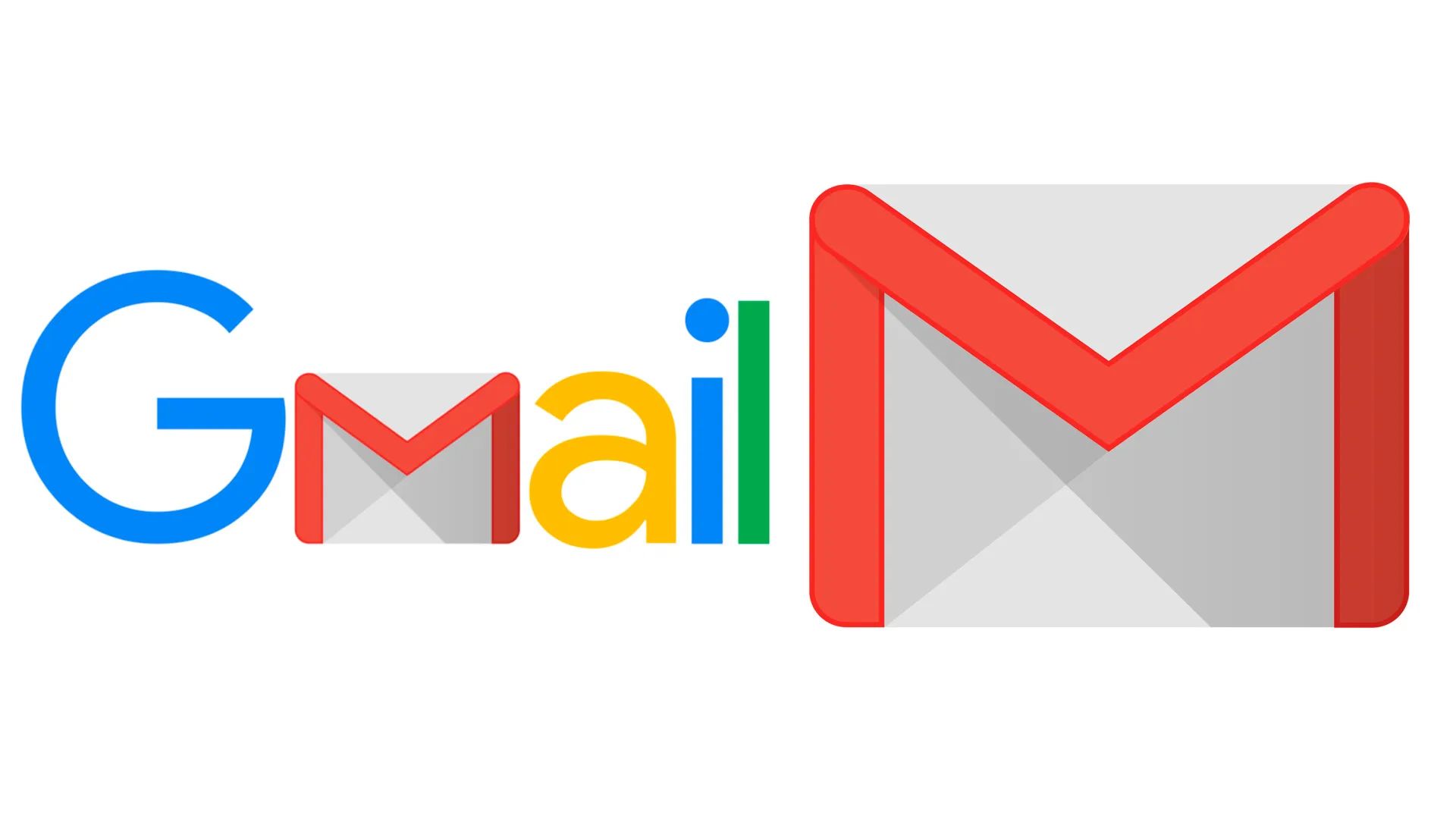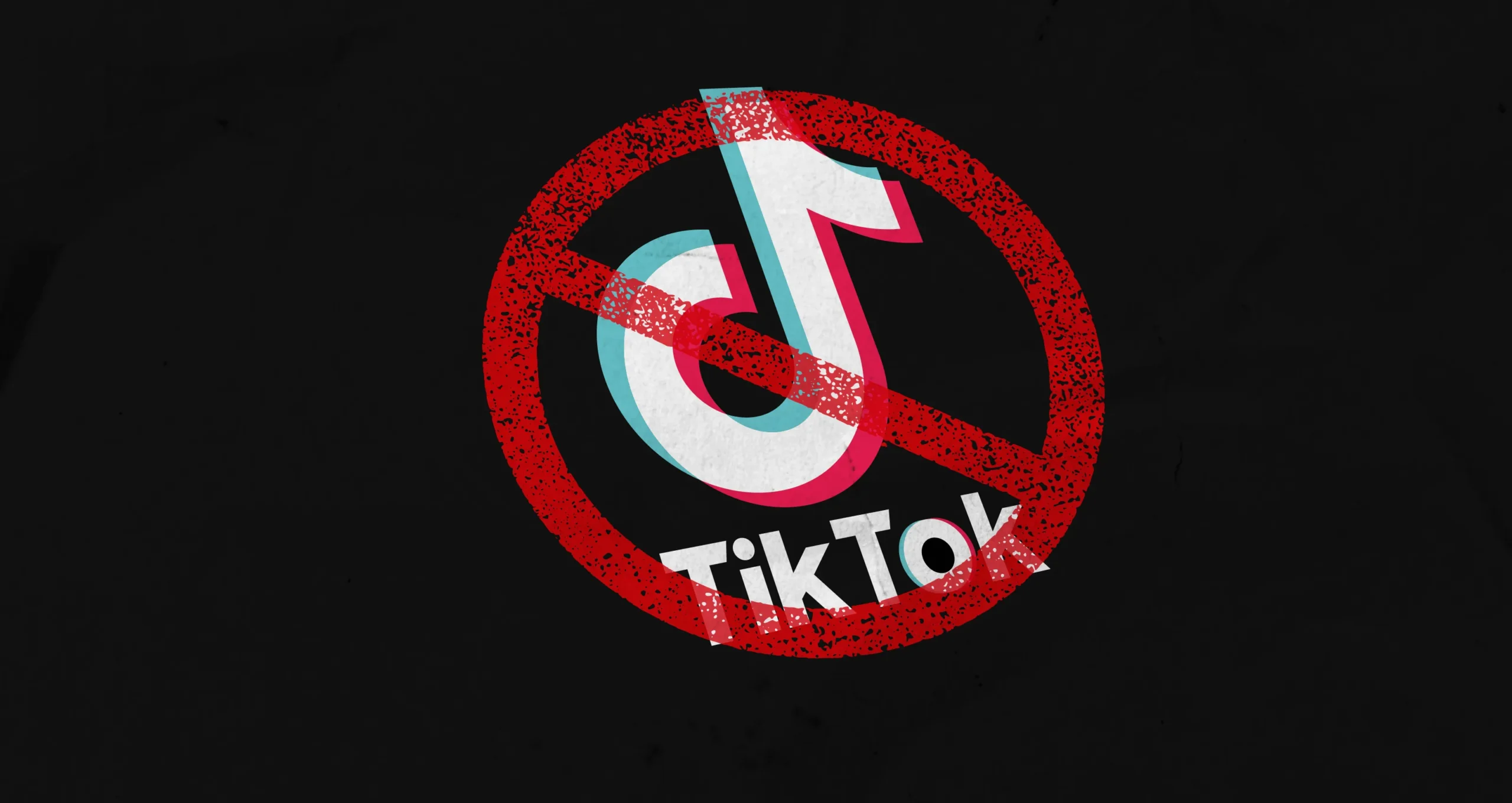Google is set to implement significant changes in its approach to handling spam emails, with the aim of reducing spam and unwanted messages.
Starting next year, bulk senders, defined as those who send over 5,000 messages to Gmail addresses in a day, will be required to authenticate their emails, provide a simple unsubscribe option, and maintain a spam threshold.
These changes will impact a wide range of entities, including businesses with sizable mailing lists, from large retailers and tech companies to smaller startups, B2C firms, and email newsletter creators seeking to promote their content.
Google emphasizes its existing use of AI technology to block over 99.9% of spam, phishing, and malware. However, with advancing technology, Gmail is strengthening its defenses for its two-decade-old email system.
Gmail will build upon its 2023 policy, which mandated some form of email authentication for messages sent to Gmail addresses.
The new requirement, effective by February 2024, compels bulk senders to strongly authenticate their emails, adhering to documented best practices.
Additionally, bulk senders must facilitate one-click unsubscribes, ensuring these requests are processed within two days. Controversially, Google will introduce a clear spam rate threshold, marking an industry first.
Bulk senders risk losing inbox access if their emails are consistently marked as spam by users.
Google is proactively announcing these changes and collaborating with industry partners to establish these policies as a new industry standard.
Marcel Becker, Senior Director of Product at Yahoo, expressed support for these changes, highlighting the importance of a safe and secure email experience for all users.
Google will provide guidance to assist bulk senders in meeting these requirements before they take effect in February 2024.
RAMPANT SPREAD OF EMAIL SPAMS

The rampant spread of email spam can be attributed to various factors and techniques employed by spammers to inundate inboxes with unwanted messages. Understanding these key drivers helps shed light on the prevalence of email spam.
Email spam is an inexpensive method of reaching a vast audience. The minimal cost associated with sending bulk emails makes it an attractive option for spammers. Even if only a small fraction of recipients responds positively, the potential rewards can be substantial.
Spammers use automated software known as “spambots” to send out millions of emails swiftly. These bots can generate random email addresses or harvest them from websites, making it effortless to send spam en masse.
Spammers collect email addresses from various sources, including publicly available online directories, websites, and even data breaches. This extensive database of email addresses allows them to cast a wide net.
Spammers employ tactics like phishing and misleading subject lines to trick recipients into opening emails. They often impersonate trusted entities or create a sense of urgency to manipulate users into taking action.
While email providers utilize filtering algorithms to detect and block spam, some spam messages still manage to slip through the cracks. Spammers adapt to these filters by constantly refining their techniques.
The internet has a global reach, allowing spammers to target individuals worldwide. With diverse audiences and a lack of consistent international regulations, it becomes challenging to curb the spread of spam effectively.
The combination of these factors has led to the widespread issue of email spam. While advancements in email filtering and cybersecurity measures have made progress in reducing the impact of spam, spammers continue to evolve their tactics, ensuring that the problem remains persistent in the digital landscape.
Thoughts
Email spamming is a common and annoying problem that affects millions of email users around the world. Email spamming is the practice of sending unsolicited and unwanted messages to large numbers of recipients, usually for commercial or malicious purposes. Email spamming can have negative impacts on the email system, the users, and the society.
Some of the impacts of email spamming are:
- It wastes the bandwidth, storage, and processing resources of the email system, reducing its efficiency and performance.
- It clutters the inbox of the users, making it harder for them to find and read important and legitimate messages.
- It exposes the users to potential threats such as phishing, malware, fraud, identity theft, and scams.
- It violates the privacy and security of the users, as spammers may collect and misuse their personal and financial information.
- It harms the reputation and credibility of the legitimate senders, as their messages may be mistaken for spam or blocked by spam filters.
- It damages the trust and confidence of the users in the email system, as they may lose faith in its reliability and safety.
To prevent and combat email spamming, there are various measures that can be taken by different stakeholders, such as:
The email service providers can implement strict policies and regulations to deter and punish spammers, as well as deploy advanced technologies and tools to detect and filter spam messages.
The email users can educate themselves on how to identify and avoid spam messages, as well as report and delete them promptly. They can also use secure passwords, encryption, antivirus software, and firewalls to protect their accounts and devices.
The email marketers can follow ethical and legal standards and practices to send relevant and personalized messages to their target audience, as well as respect their preferences and consent.
The email authorities and regulators can enforce laws and regulations to prevent and prosecute spammers, as well as cooperate with other countries and organizations to combat cross-border spamming.






